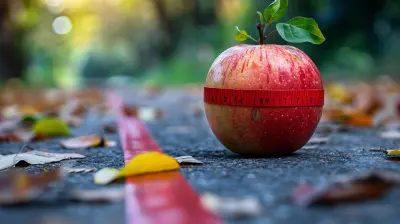Plant-Based Proteins vs. Animal Proteins: What You Need to Know
20 June 2025
When it comes to health and nutrition, few debates get as heated as the one between plant-based proteins and animal proteins. You’ve probably heard both sides—some swear by their lean chicken breast or a post-gym whey shake, while others are blending spinach and lentils into every meal. But which one is better? What’s the real difference, and how does each affect our bodies and overall health?
Let’s cut through the noise and break it all down in plain English. Whether you’re thinking about going plant-based or just want to make smarter choices, this guide's got you covered.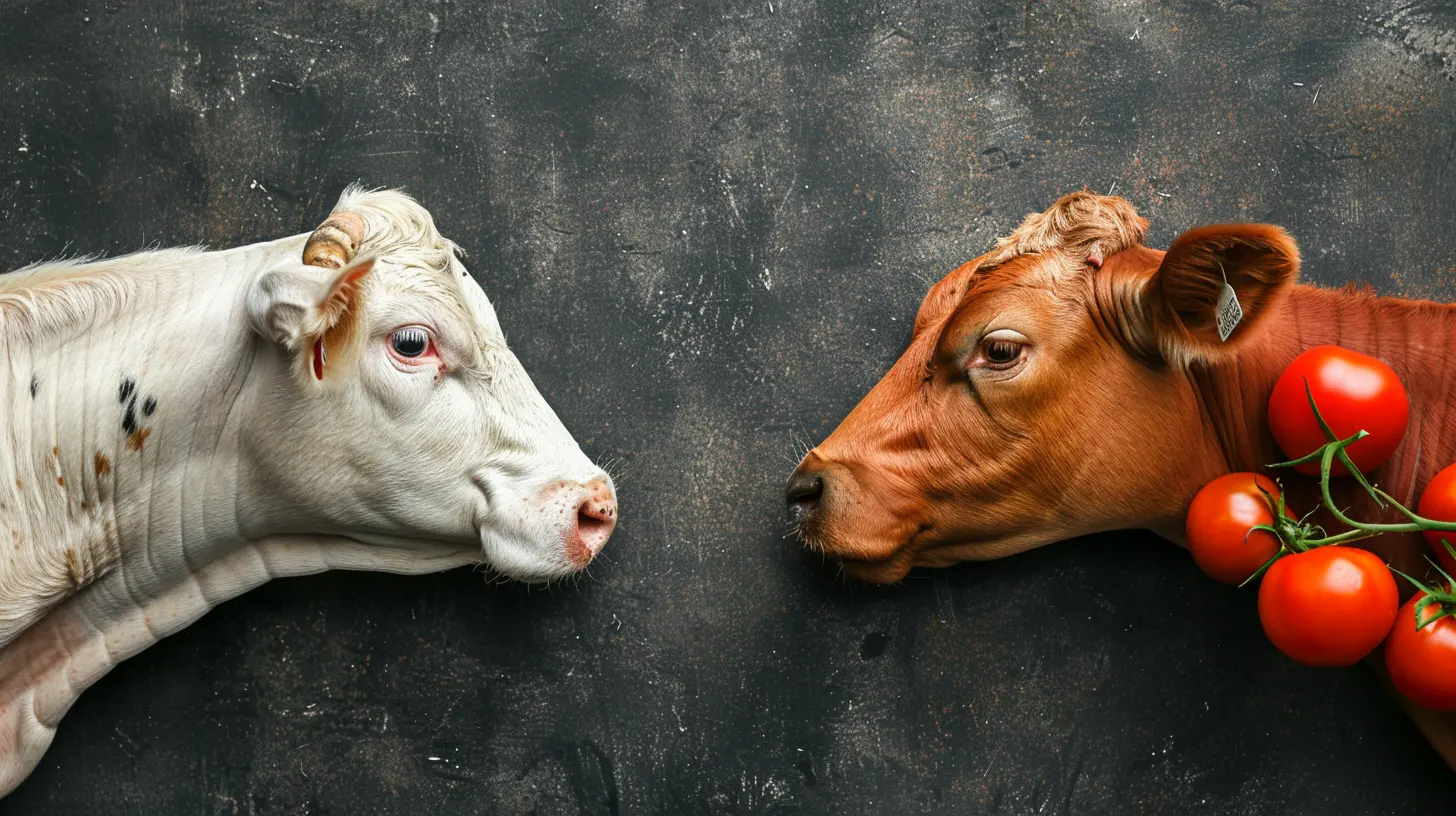
What Are Proteins, Anyway?
Before we dive into the plant vs. animal showdown, let’s get nerdy for a sec.Proteins are made up of smaller building blocks called amino acids. Think of them like the Lego pieces your body uses to build muscle, repair tissues, make enzymes, hormones, and basically keep you alive and kicking. There are 20 amino acids, and 9 of them are essential, meaning your body can’t make them—you’ve gotta get them from food.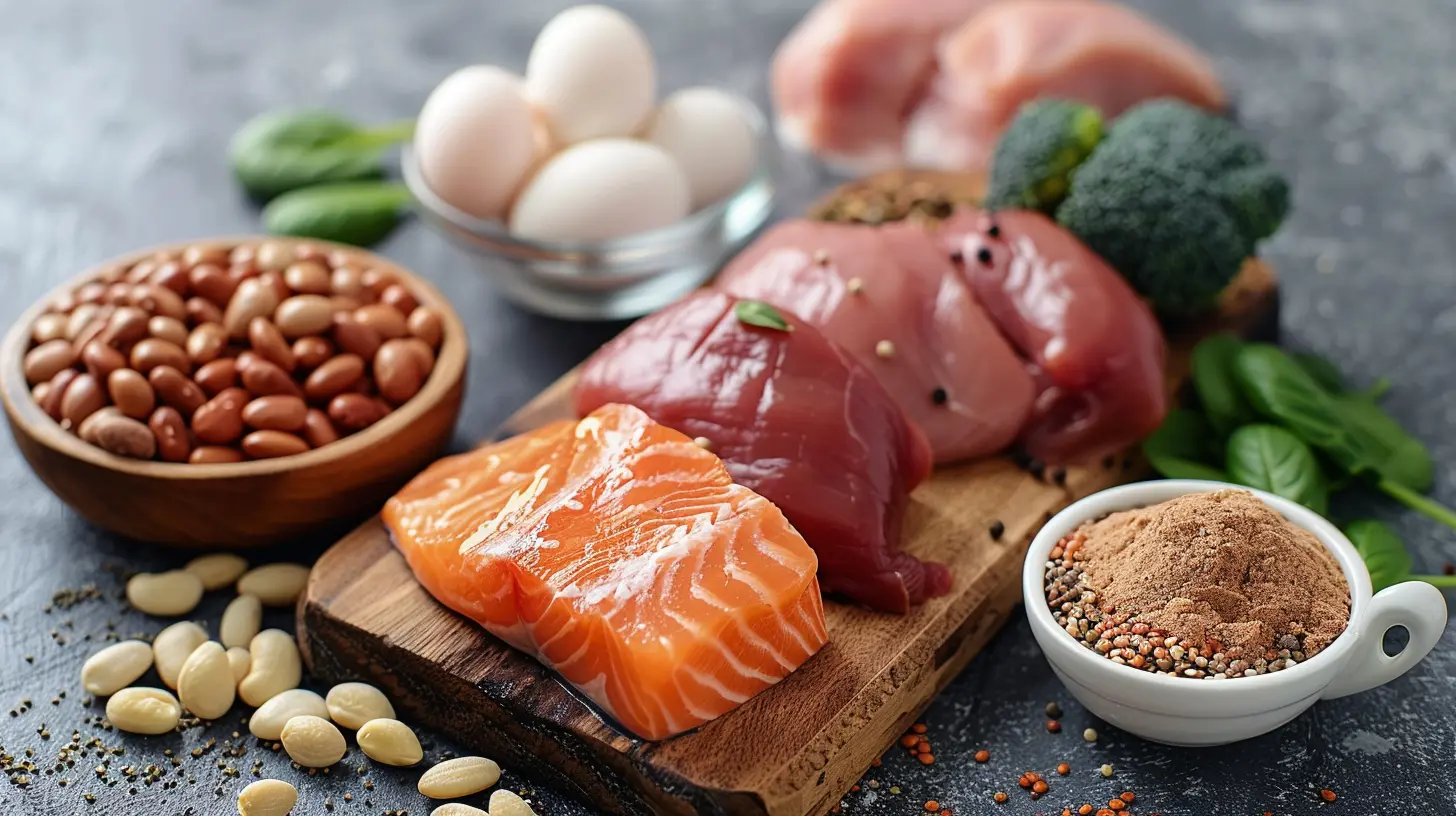
The Basics: Plant-Based Proteins vs. Animal Proteins
Here’s the deal. All proteins are not created equal. The main difference between plant-based and animal proteins lies in their amino acid profiles and nutrient content.Animal Proteins
Animal proteins are what we call "complete" proteins. That means they contain all nine essential amino acids in the right amounts your body needs. Foods like:- Beef
- Chicken
- Fish
- Eggs
- Dairy (milk, cheese, yogurt)
These are protein powerhouses. They're especially useful if you're trying to build muscle, manage weight, or recover from intense workouts.
But—and it’s a big but—many animal-based proteins also come with baggage. Think saturated fats, cholesterol, and in some cases, antibiotics or hormones (especially if you're not buying organic or high-quality sources).
Plant-Based Proteins
Plant-based proteins are usually "incomplete,” which just means that one or more of the essential amino acids are missing or present in lower amounts. But don't worry, you can mix and match different plant foods to get the full set.Staples include:
- Lentils
- Chickpeas
- Tofu
- Tempeh
- Quinoa (a rare complete plant protein!)
- Nuts and seeds
- Beans
- Whole grains
They're typically lower in fats and calories and higher in fiber, antioxidants, and phytochemicals—things your body loves.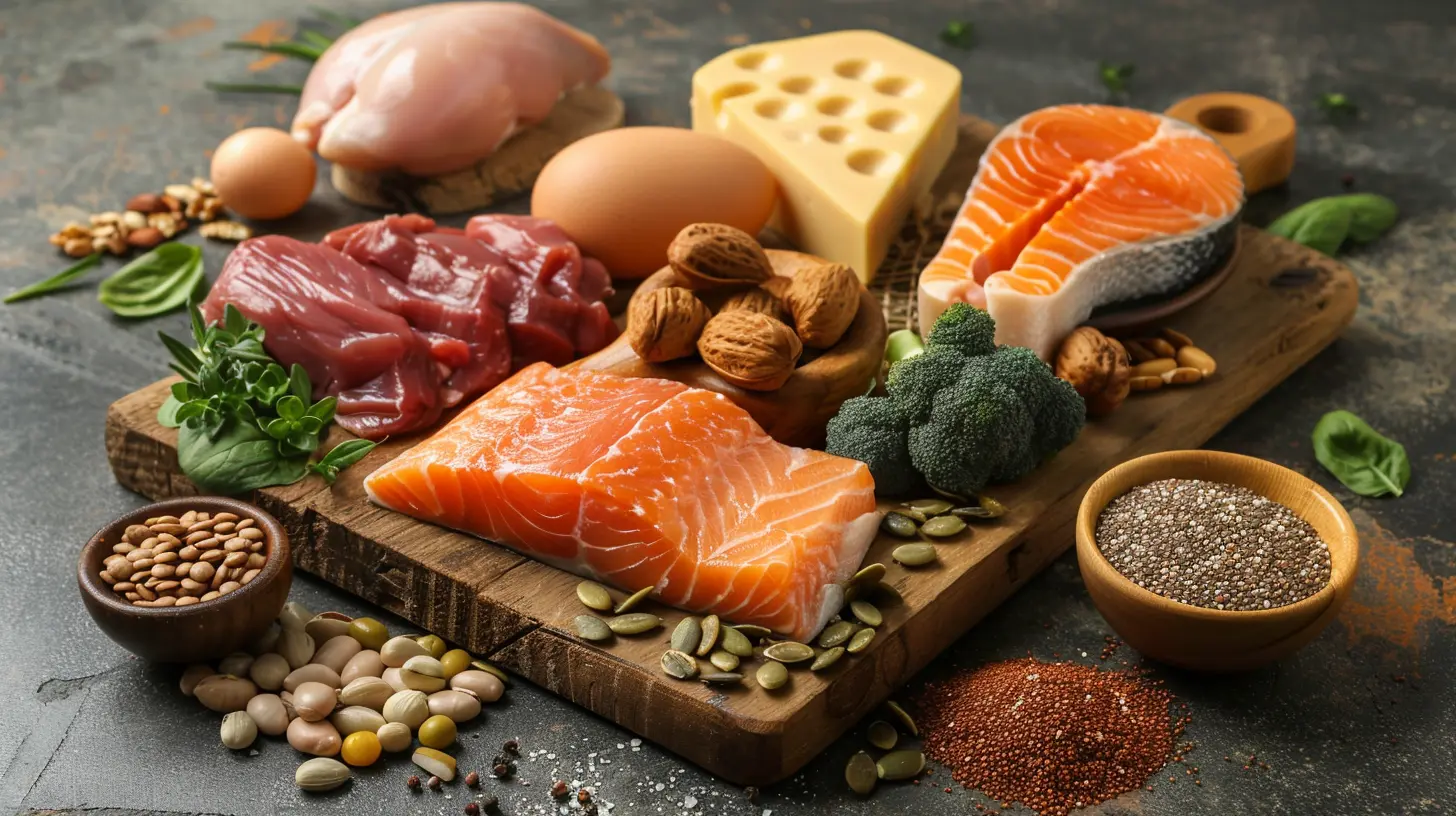
Complete vs. Incomplete Proteins: Should You Care?
You might be thinking: “Wait, if plant proteins are incomplete, are they inferior?” Not at all.Here’s the secret: your body doesn’t care where the amino acids come from—it just wants all of them. If you eat a variety of plant-based foods throughout the day, you’ll easily cover your amino acid bases.
For example, rice and beans individually lack some amino acids—but when combined, they form a complete protein. Boom!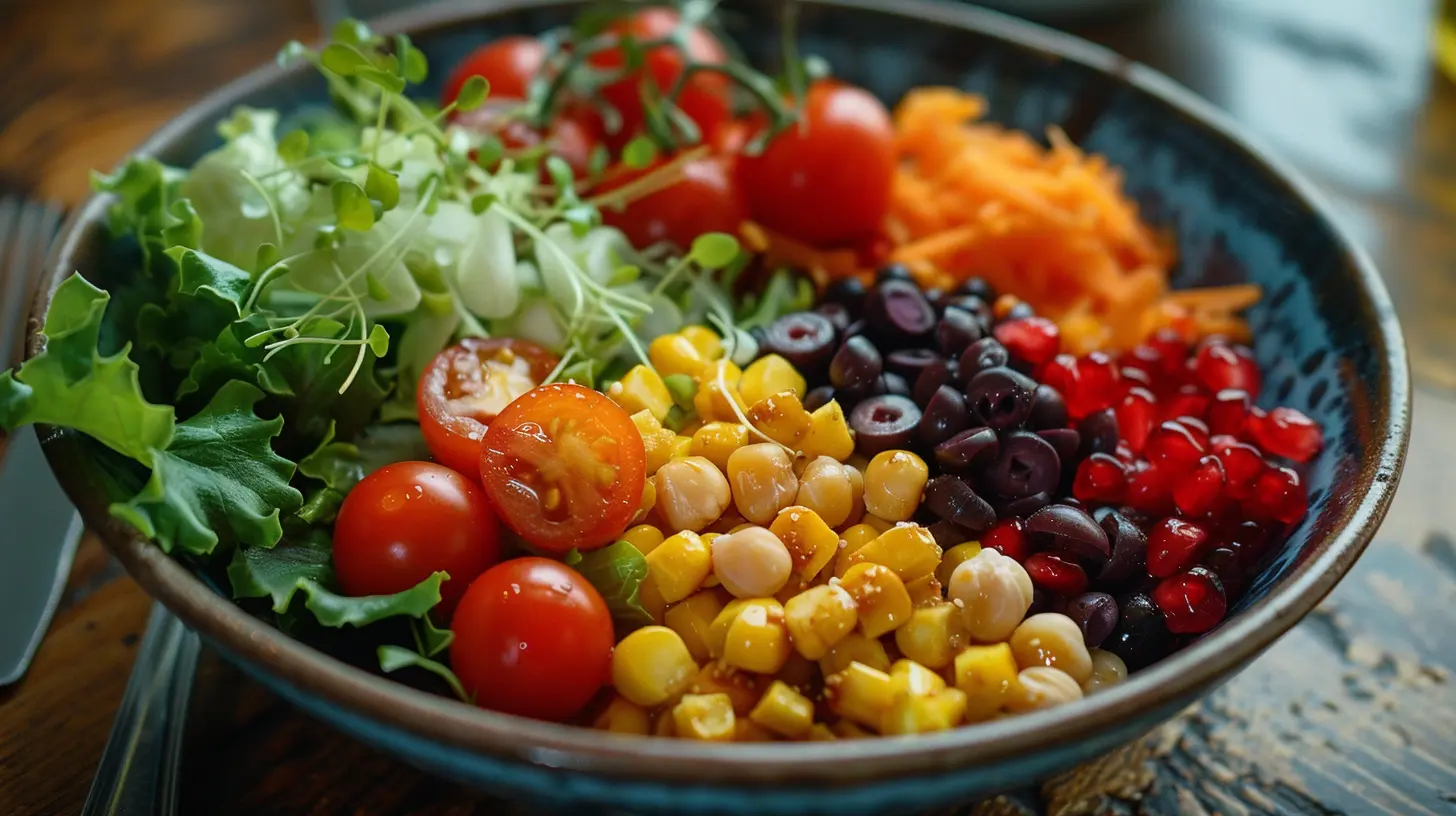
Nutrient Density: Who Wins?
Let’s zoom out from just protein and look at the full nutritional package.Animal Protein Pros:
- High-quality, complete protein- Rich in vitamin B12 (critical for nerve function)
- A good source of heme iron (easily absorbed form)
- Packed with omega-3s (in fatty fish like salmon)
Animal Protein Cons:
- Can be high in saturated fats and cholesterol- Linked to higher risks of heart disease, certain cancers, and type 2 diabetes when consumed in excess
- Often more calorie-dense
- Ethical and environmental concerns
Plant Protein Pros:
- Zero cholesterol- Rich in fiber (animal products have none)
- High in antioxidants, vitamins, and minerals
- Naturally lower in saturated fats
- Environmentally sustainable
Plant Protein Cons:
- May require more planning to get complete proteins- Often lower in vitamin B12, iron, and zinc
- Some sources are less protein-dense per serving (you may have to eat more)
Bioavailability: How Well Is Protein Absorbed?
Not all protein is absorbed equally. Animal proteins have higher bioavailability, meaning your body can absorb and use them more efficiently. For instance, eggs and whey score nearly 100% on the protein digestibility scale.Plant proteins? They sometimes get dinged here. Due to compounds like fiber and phytates, absorption can be a bit lower. But don’t panic—it usually doesn’t make a huge difference unless you’re relying heavily on one single source.
Tip: Cooking, soaking, or fermenting plant foods improves digestibility.
Muscle Building and Athletic Performance
Ah yes, the age-old gym question: can you build muscle on plant protein?Short answer: absolutely.
While animal proteins like whey are fast-digesting and loaded with leucine (a key muscle-building amino acid), you can still build solid muscle with plant sources. Studies show that with enough total protein and calories, plant-based athletes can compete on the same level as meat-eaters.
Just be mindful to:
- Eat a variety of protein-rich plant foods
- Don’t skimp on calories
- Consider plant-based protein powders (pea, rice, soy) if needed
Health Impacts: What’s the Risk or Reward?
Here’s where things get interesting.Animal Proteins:
- Higher intake—especially red and processed meats—has been linked to increased risks of heart disease, cancer (colon especially), and early death.- However, lean sources like poultry, fish, and eggs consumed in moderation can fit into a healthy diet.
Plant Proteins:
- Associated with lower risks of chronic diseases- Linked to better heart health, weight control, and longevity
- High fiber content supports gut health and lowers bad cholesterol
Bottom line? Replacing some animal protein with plant-based options has major health perks. You don’t need to go vegan overnight—but even a few meatless meals a week can make a difference.
Environmental Footprint: Which Is Greener?
Let’s talk sustainability for a second.Animal agriculture uses significantly more land, water, and energy compared to plant farming. It’s responsible for a big chunk of greenhouse gas emissions too. Cows, for instance, are methane machines.
So from a planet-friendly angle? Plant-based proteins win by a mile.
If you care about climate impact (and we all probably should), reducing animal protein consumption is one of the best ways to shrink your carbon forkprint.
Cost & Accessibility
Contrary to popular belief, plant proteins are often cheaper. A bag of lentils or beans costs way less than steak or even chicken. Plus, they store well and last longer.Sure, fancy vegan products like mock meats and organic tofu can be up there in price—but basic plant proteins? Super budget-friendly.
So… Which Protein Is “Better”?
Honestly, it’s not about one being better across the board. It’s about what works for you—your goals, your values, your lifestyle.Here’s a quick cheat sheet:
| Goal/Concern | Best Option |
|--------------------------|----------------------------------------|
| Muscle building | Either (animal for convenience, plant with planning) |
| Heart health | Plant-based preferred |
| Weight loss | Both (lean animal + high-fiber plant) |
| Budget-friendly eating | Plant-based proteins |
| Gut health | Plants win |
| Sustainability | Definitely plant-based |
| Quick post-workout fuel | Whey or vegan protein powders |
How to Get the Best of Both Worlds
Not everyone’s going fully vegan, and that’s okay. You can still reap the benefits of plant proteins while keeping some animal products in moderation.Here are a few easy swaps to balance things out:
- Swap half your ground beef for lentils in tacos
- Use tofu or tempeh in stir-fries instead of chicken
- Try oat or soy milk in your smoothies
- Have one or two meat-free days per week (Meatless Monday, anyone?)
Even these small shifts can lead to better health and a happier planet.
Final Thoughts
In the great debate of plant-based proteins vs. animal proteins, it’s less about who wins and more about making informed choices. Both have their place, depending on what your body needs and what your values are.If you're aiming for longevity, disease prevention, and environmental impact, plant-based proteins steal the spotlight. But if muscle gain, convenience, or tradition plays a role in your diet, high-quality animal proteins still have value.
The good news? You don’t have to choose sides. Nutrition isn’t black and white—it’s more of a colorful plate filled with options.
So next time you're prepping a meal, just ask yourself: Is this delicious? Is it nutritious? And does it make me feel good? That’s your real guide.
all images in this post were generated using AI tools
Category:
Healthy EatingAuthor:

Arthur McKeever
Discussion
rate this article
2 comments
Giselle Clayton
Both options can be great—just find what works!
October 20, 2025 at 4:03 AM

Arthur McKeever
Absolutely! It’s all about personal preference and nutritional needs.
Jennifer McDermott
Choosing between plant-based and animal proteins? It's not just about protein content. Consider sustainability, digestion, and overall health benefits—because the best choice nourishes both you and the planet.
June 22, 2025 at 3:59 PM

Arthur McKeever
Absolutely! It's crucial to weigh not just protein content, but also sustainability and health impacts when making your choice. Both types of protein can play a role in a balanced diet.


